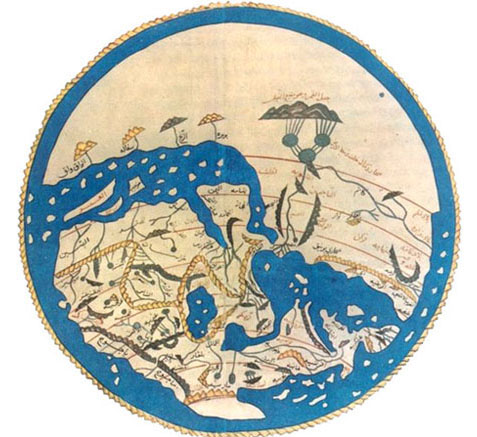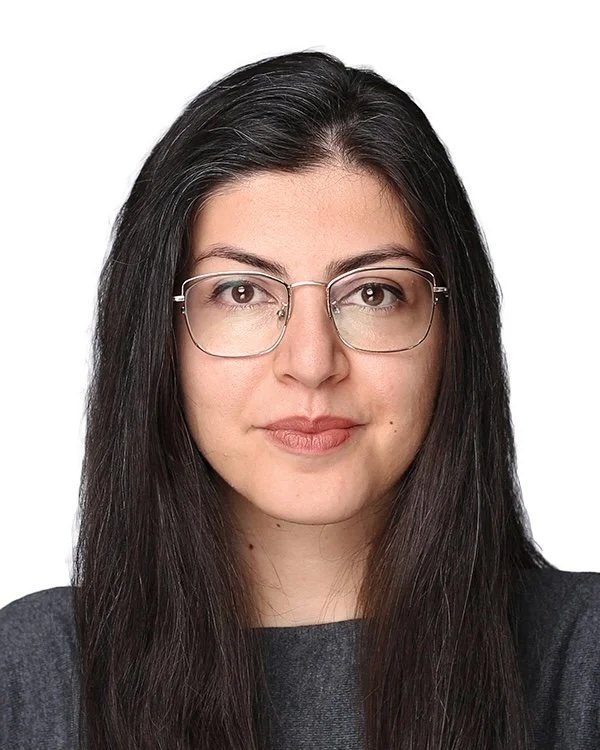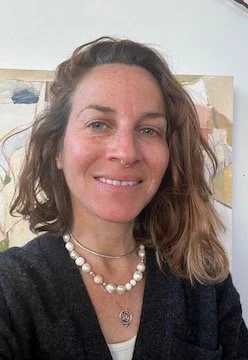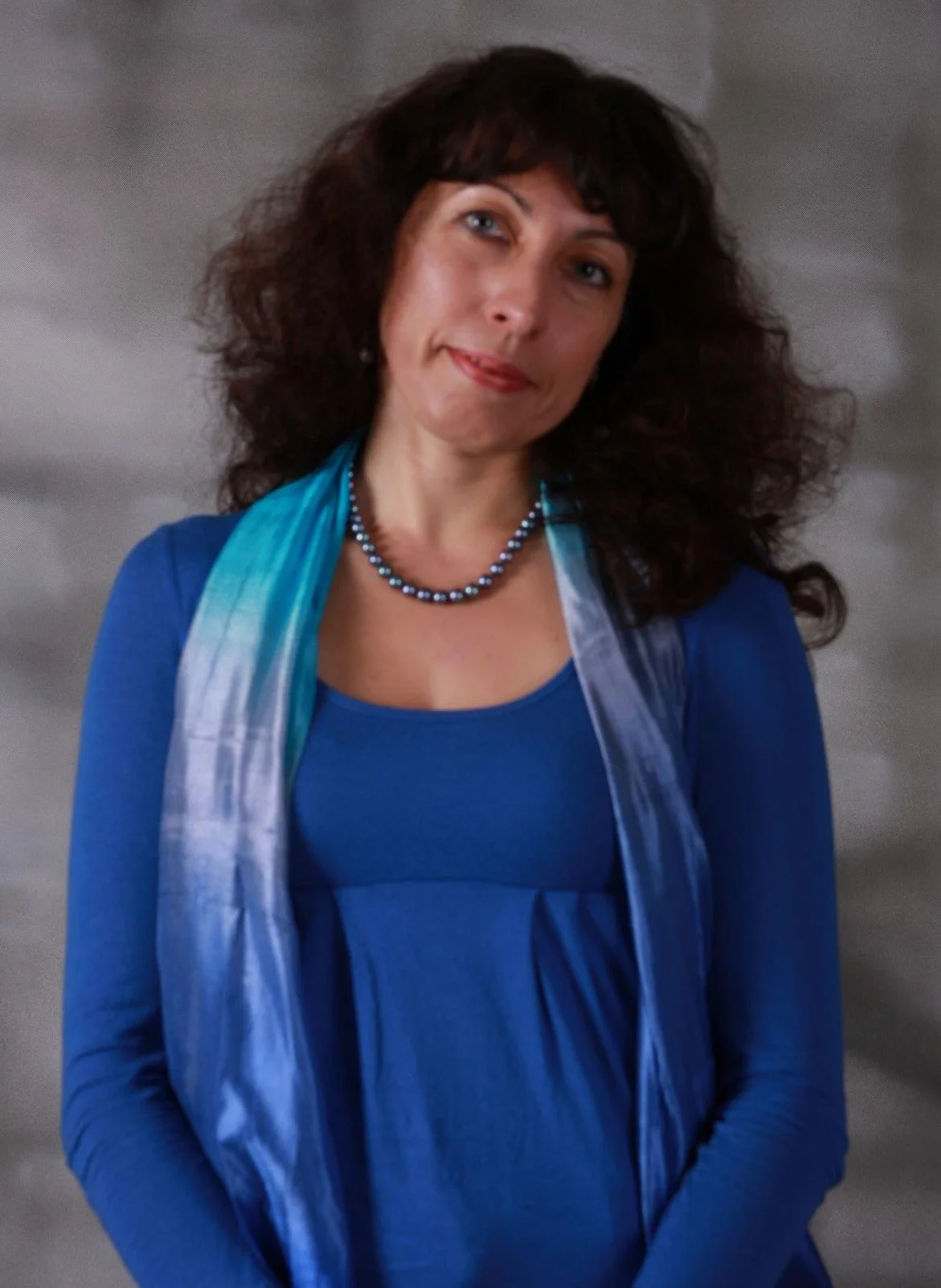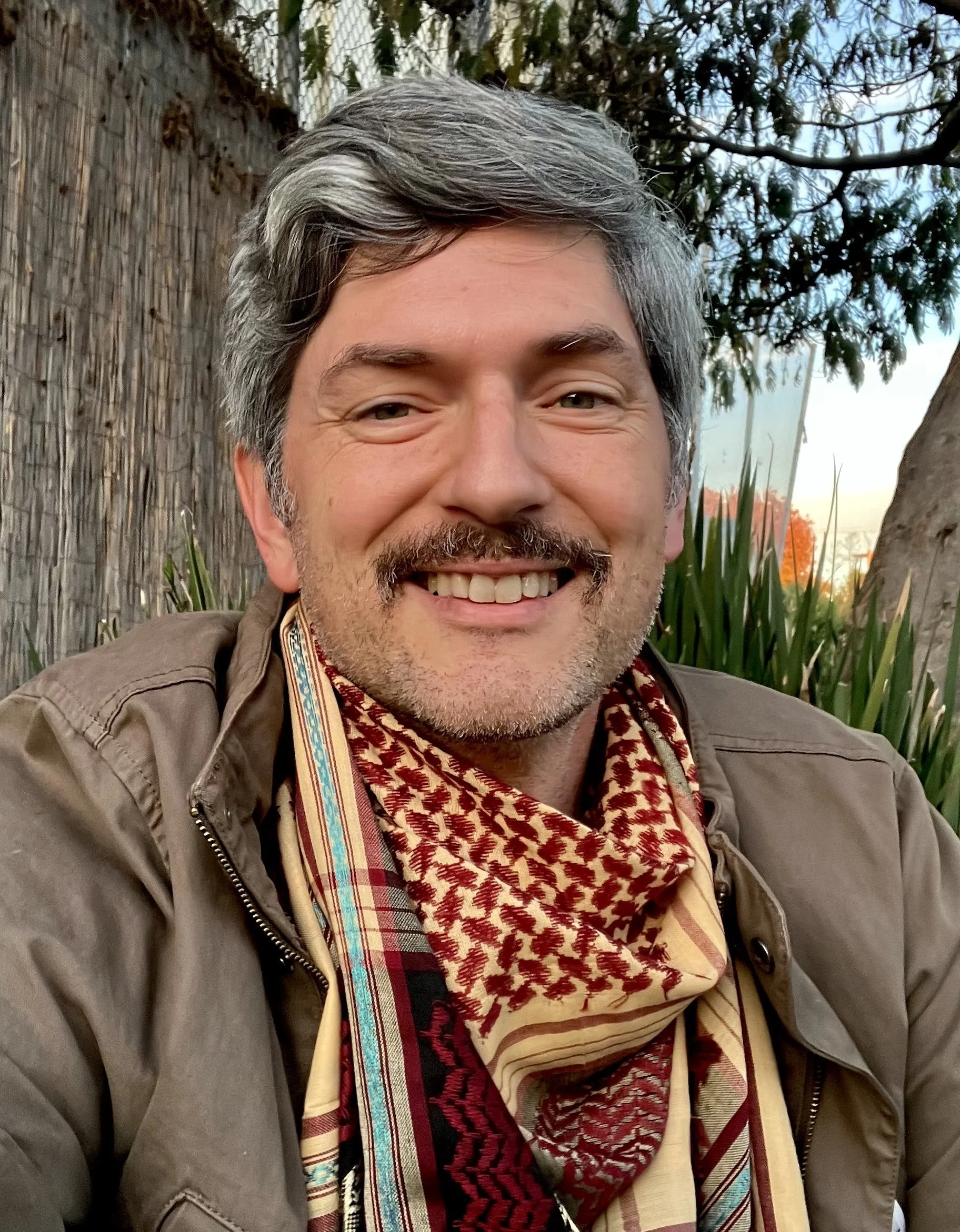“Medieval & Early Modern Cartography: An Introduction”
Mediterranean Studies Summer Skills Seminar
21–24 July 2025 • Remote
The Summer Skills Seminar, “Medieval & Early Modern Cartography: An Introduction” will be held via Zoom from Monday, 21 July to Thursday, 24 July 2025 from 10am to noon and 1pm to 3pm MDT.
Course overview
Course sessions:
Day One will set the stage for an in-depth analysis of cartographic works by asking the question “What does it mean to make a map in the medieval and early modern Mediterranean?” The second topic of the day will be mappaemundi or world maps. These maps constitute some of the earliest cartographic works created in the Mediterranean in both Christian and Muslim traditions. Their close connection to religious communities (as both producers and consumers), spatio-temporal qualities, rich visual imagery, and their melding of religious content and geographical information made them powerful storytelling tools. We will conduct contextual analyses of a number of world maps to assess the cultural work that maps could perform for an array of patrons and audiences. The availability of digital reproductions of these complex maps will allow course participants to analyze the detailed textual and visual content presented in these cartographic works. We will study a number of world maps, including the Hereford Mappamundi, Fra Mauro’s Mappamundi, al-Idrisi’s map made for Roger II; the Gough map, the Ebstorf world map, and the Saint-Sever Beatus map.
Day Two will focus on a revolutionary new form of mapmaking created during a pivotal moment in the history of cartography: portolan charts and texts from the late twelfth and early thirteenth centuries. Previously mapping had existed almost exclusively in the religious domain but this time period saw the formulation of new cartographic representations that were completely secular in nature and practical in function, created to gauge distances and identify ports and landmarks, while elucidating social customs in foreign locales. We will assess the relationship between navigational charts and traditional world maps while exploring how portolans forged a distinctive visuality for a new audience of mariners and merchants. Some monuments addressed in this class session will include the Carte pisane, navigational charts made by Pietro Vesconte, Abraham Cresques, the Pizzigano family, Giovanni da Carignano, etc., the Liber de existencia riverarium, and the Compasso da navegare.
Day Three will introduce cartographic works that served novel functions in medieval and early modern society. By the fifteenth century, secular mapmaking traditions had become so embedded into cultural practices that they were designed for a broader clientele to serve a number of cultural and political purposes: luxury gifts, political statements, expressions of sovereignty, and displays of wealth and sophistication. We will highlight the transformation of maps into aesthetic objects of prestige that were displayed prominently in public settings. We will also look at highly politicized contexts for maps in which they lay claim to territory and visualize sovereignty in a competitive Mediterranean environment. Some works to be addressed on Day Three include Vesconte’s maps for Marin Sanudo’s Liber secretorum, maps by Opicinus de Canistris, atlases and luxury presentation maps, and painted wall maps for homes and palaces.
On Day Four we move from more monument-based topics to theoretical considerations of maps and mapmaking. We will approach the cartographic content addressed in the first three days in relation to various methodologies and new approaches to the study of cartography. How does the visual system of a map create a mapping mentality that defines how people perceive spaces, places, and things? How do maps create communities of inclusion and exclusion? How do maps mean differently depending upon one’s gender, ethnicity, occupation, and/or religious affiliation? What new approaches can scholars and students apply to the study of maps to tap their extraordinary cultural potential? We will end the course with a discussion of new directions in the study of cartography.
Faculty
The course will be conducted by Prof. Karen Mathews (Department of Art and Art History, University of Miami). She received her B.A. in Art History from UCLA and a M.A. and Ph.D. in Art History from the University of Chicago. She has received grants from the Graham Foundation, Kress Foundation, Program for Cultural Cooperation, and the American Research Center in Egypt in support of her research. She published Conflict, Commerce, and an Aesthetic of Appropriation in the Italian Maritime Cities, 1000-1150 (Brill) in 2017 and was lead editor for the volume A Companion to Medieval Pisa (Brill, 2022). Her numerous articles focus on various aspects of medieval Mediterranean visual culture, with a particular emphasis on artistic production in Spain, Italy, and Egypt. She has been conducting research on Mediterranean cartography since 2015 and recently published an article, “Mapping, Materiality, and Merchant Culture in Medieval Italy, 1150-1400,” (2022) that studies the relationship between cartography, architectural decoration, and new visual systems in the Italian maritime republics.
Program
Monday, 21 July 2025: Introduction and Mappaemundi
10am—noon & 1—3pm
1. Introduction to cartographic visuality
2. Mappaemundi—Patrons, audiences, and storytelling potential
Tuesday, 22 July 2025: Portolan Charts and Text
10am—noon & 1—3pm
1. Secular mapmaking traditions—function and audience
2. Relationship of portolans to traditional world maps
Wednesday, 23 July 2025: Maps as Art and Novel Uses for Cartographic Works
10am—noon & 1—3pm
1. Shift from functional to aesthetic objects
2. Novel uses for navigational charts and world maps
Thursday, 24 July 2025: Cartography as a Visual System: Methdologies and New Directions
10am—noon & 1—3pm
1. Defining a new visual system in maps
2. New approaches to medieval and early modern cartography
Participants said:
• “This seminar more than exceeded my expectations and goals. Professor Mathews is on the cutting edge of thinking about issues regarding medieval and early modern cartography from an art historical perspective, including her work in digital mapping.”
• “The class was very helpful and gave me the footing I was seeking to think more carefully on a history of cartography. It was a quick immersion in key scholarship and the instructor provided thoughtful and well-guided discussion on narrow and broad topics within cartography.”
• “Now with the materials provided, I have a roadmap to follow in my future studies. Understanding milestones, prominent figures, paradigms and paying attention to "what we can pay attention to" in cartography were extremely helpful for me.”
• “The course was extremely well designed to introduce specific works of mapping from differing cultural traditions. Professor Mathews offered theoretical and historical context for these works, and she consistently raised the level of interpretation. Importantly, she was comfortable with the fact that there are no easy answers in understanding some of these early maps.”
• “I enjoyed participating in the workshop, hearing from other scholars with different levels of experience in this research area, viewing the numerous mapping examples from the time period, etc. It was a stimulating class that prompted stimulating discussion.”
• “Karen Mathews did an excellent job of navigating an extremely diverse group. Excepting undergraduates, we came from across the spectrum of academic status, training and experience. Balancing all of this as well as diverse personalities and within an online format to create a good sense of group investment in the course is not an easy challenge. The materials provided -- textual and graphic -- constitute a rich bibliography, both those that were listed for focused discussion and the supplemental suggestions. Mathews also introduced the group to the broad (and growing) library of digitized and easily available graphic materials absolutely for this particular topic.”
Participants:
Fariba Aali (Archaeology and History of Art, Koç University)
My name is Fariba Aali. I am an MA student in the Archaeology and History of Art program at Koç University in Turkey. My research focuses on the historiography of Late Medieval Anatolian Seljuk art and architecture. I aim to explore how the Anatolian Seljuks maintained authority and built identity within the dynamic atmosphere of the Mediterranean. I am especially interested in how these efforts have been represented in historiography—what has been emphasized, what has been overlooked due to dominant scholarly paradigms, and how we might expand our understanding through the lens of transculturation in Mediterranean studies
Kenneth Banyas (Non-academic)
I am a retired IT system administrator. I spent the last dozen years of this career directly supporting the operation of genome sequencing labs and bioinformaticians working for a Washington D.C. area clinical research non-profit.
Years before that I did two enlistments in the U.S. Coast Guard, leaving as a quartermaster (enlisted navigator). I then was a U.S. merchant mariner, serving some of that time as a Coast Guard licensed deck officer aboard smaller vessels. I spent a lot of time doing coastal and ocean navigation and working with nautical charts and publications from several hydrographic offices (U.S., British, Canadian, Danish). My interest in this topic persists.
My non-specialist Mediterranean historical research interests include the early years of the Italian Wars (from the 1494 French invasion to Pavia), and maritime trade and naval warfare during the second half of the 13th century.
Laurel Anne Braun (Art Department, SUNY Oswego )
Laurel Anne Braun has earned the levels of MA and ABD in the Graduate Program in the History and Theory of Art and Architecture Department at Binghamton University under the advisement of the late Dr. Barbara Abou-El-Haj and Dr. Andrew Walkling.
Her research and teaching interests focus on the patronage of art in the Middle Ages, with an emphasis on secular and religious women. Laurel Anne’s most recent work focuses on the life of Abbess Hild of Whitby and her patronage of two double monasteries (one monastic community made up of religious men and women) in 7th-century Northumbria at Hartlepool and Whitby, UK.
She has extensive online teaching experience in subjects such as Medieval Images of Death, Medieval Stained Glass, Art in Medicine, Art and the Ottoman Empire, and most notably, Women Patrons of Art in the Middle Ages. In 2019, she earned a Binghamton University Graduate Student Award for Excellence in Teaching.
Laurel Anne is currently working on developing an online Art History course on the subject of Medieval Cartography with a non-Western general education designation for the Art Department at SUNY Oswego. This course will tie into the information graphics that is taught in the graphic design courses. it will also provide Art History minors with a "pre-1800" course needed for completing the degree.
Eleanor Congdon (Humanities and Social Sciences, Youngstown State University)
Eleanor A. Congdon took her PhD at Gonville and Caius College, University of Cambridge, under the guidance of Prof. David S. H. Abulafia. Her 1997 dissertation “Venetian Merchants in the Western Mediterranean 1398-1405” was based on extensive research in the Datini correspondence in Prato, the governmental records found in the Archivio di Stato di Venezia, and a very brief research foray in Barcelona with the help of Maria Theresa Ferrar I Mallol.
Her interest in merchant correspondence started during her MA work at the University of Minnesota when she stumbled upon a small cache of Venetian letters dating to the 1480s about Venetians doing business in Syria. She continues to work on both of these projects as her teaching load allows. She also follows her family’s interest in genealogical history, concentrating on the prolific, but little known Gothic Revival architect Henry Martyn Congdon. She has reconstructed his portfolio, finding 65 churches, 28 church out-buildings, 40 private homes, and many other works spread from Mississippi to New Hampshire and Colorado (including a church in Boulder) to New York City during a career which lasted from 1860 to 1922.
These projects have led her, after nearly 30 years of teaching, to have explored many tangential topics and disciplines. She has been employed at the teaching-school, Youngstown State University, having little time for research or writing because of her teaching duties. As her career is winding down, she hopes this summer’s courses will serve to sharpen her skills so that her three major research projects can finally come to fruition.
Gaby Greenlee (History of Art & Visual Culture: UC Santa Cruz)
Dr. Gaby Greenlee received her PhD in Visual Studies from the University of California, Santa Cruz. She has most recently taught at the University of California, Santa Cruz, and Santa Clara University. Her research has been supported by a Fulbright-Hays DDRA Fellowship, a Marilynn Thoma Postdoctoral Fellowship in the Art of the Spanish Americas, and an ACLS project development grant. Her work focuses on value and process in Indigenous visual culture of the precontact and colonial Andes, encompassing the importance of Andean textiles, conceptions of landscape, and the ambiguities of the colonial space. She is currently compiling an essay for publication and a book project derived from her dissertation, Inka Borders and the Power of Volatility: on the Fringes and Edges of Textile and Territory.
Aslı Igsiz (Middle Eastern and Islamic Studies: New York University)
Aslı Iğsız is Associate Professor of Middle Eastern and Islamic Studies at New York University. Trained as a comparatist, her work can best be described as a history of the present. Her scholarship considers cultural politics within and about the Middle East, with a special focus on Turkey, and in connection with North American and European contexts, particularly Greece and France. Her research interests are situated at the intersections of political violence, cultural policy, and politics of representation, with a critical eye on the implications of the past in the present in the Mediterranean. Specifically, she is interested in the interconnections between the humanities and demographic engineering projects, and their afterlives, as well as the institutional, social, and academic interfaces generated in this process.
Her first book Humanism in Ruins: Entangled Legacies of the Greek-Turkish Population Exchange (Stanford University Press) was published in 2018. Humanism in Ruins sought to offer a critique of liberalism from the angle of the management of difference, and explored the underlying racialized logics of population transfers, partitions, segregation, apartheid, and border walls. Within this framework, it explored the implications of liberal and historicist humanism and cultural policy in a reconsideration of demographic and territorial claims and projects.
Currently she is working on two separate projects: one on the notion of civilization and related paradigms, their contemporary translations into cultural politics to support demographic claims and territorial visions, and another one on post-1945 cultural politics and initiatives to reform Humanities curricula in order to refute fascism and racism. Ultimately, she working on the implications of economically and politically motivated attacks on the Humanities, and how the consequently vacated public spaces by the Humanities education are refilled by neo-fascist, nationalist, and/or civilizationist discourse, policies, and movements to push for different demographic and territorial agenda.
Iğsız was previously a member in the School of Social Science at the Institute for Advanced Study (2021-2022). She is also co-editor of the Middle East e-zine Jadaliyya’s Turkey page.
Karen Klockner (Art History: CUNY Graduate Center)
Karen Klockner is a doctoral candidate in art history at The Graduate Center, City University of New York. Her dissertation focuses on late medieval mapping traditions of the Mediterranean Sea based on a comparative study of mappae mundi, portolan sea charts, and Islamic maps. Her current chapter looks at how concepts of wayfinding are expressed on medieval maps, and asks what kinds of connections can be made between medieval mapping traditions and medieval memory practices. Twenty-first century studies of human cognition and the role of the hippocampus in navigation and wayfinding are proving to be a critical key to making connections between memory, wayfinding, and spatial imagination.
Neesha Mewada (Art and Architecture and Middle Eastern Studies: Harvard University)
Neesha Mewada is a PhD student in the joint program in History of Art and Architecture and Middle Eastern Studies at Harvard University. Her research explores early Ottoman architectural culture in the Balkans, examining how built environments shaped civic life, negotiated imperial presence, and mediated processes of urban transformation in frontier cities. She holds an MA in Art History from the University of Texas at Austin and a B.Arch from the University of Mumbai, and brings over a decade of architectural practice and teaching experience, including co-curating “Celebrating Mimar Sinan” in collaboration with the Turkish Consulate General in Mumbai.
Amy Singer (Middle Eastern and African History: Tel Aviv University)
Amy Singer (Ph.D. Near Eastern Studies, Princeton University, 1989) holds the Hassenfeld Chair in Islamic Studies and is Professor in the Department of History, and professor emerita in the Department of Middle Eastern and African History at Tel Aviv University. She has been a visiting fellow at All Souls College (Oxford), a member of the School of Historical Studies at the Institute for Advanced Study (Princeton), and a senior residential fellow at the Koç University Research Center for Anatolian Civilizations (Istanbul). She has also been a visiting professor at History Dept. of Bosphorus University (Istanbul) and a visiting Directeur d'Etudes in the Centre d'histoire du domaine turc at the Ecole des Hautes Etudes en Sciences Sociales (Paris). From 2018-2020, she was president of the Ottoman and Turkish Studies Association.
Her research began with an in-depth study of the relations between Ottoman officials and Palestinian peasants, in an effort to move Ottoman agrarian history beyond cataloging the demographics and agricultural production of villages, published as Palestinian peasants and Ottoman officials (Cambridge, 1994). This first study revealed the importance of the Haseki Sultan waqf, a large, endowed public kitchen (imaret) founded in mid-sixteenth-century Jerusalem by the wife of Sultan Suleyman. This led to a second monograph published as Constructing Ottoman Beneficence (Albany, 2002). One endowment led to others, and to broader questions about benevolent giving, which resulted in the monograph Charity in Islamic Societies (Cambridge, 2008). Each monograph has also appeared in Turkish translation. Singer’s research now focuses on the Ottoman city of Edirne (Byzantine Adrianople) in the half century before the Ottoman conquest of Constantinople in 1453. The key questions here are: What was an Ottoman capital in these years, and how did the capital experiences constitute forms and practices that enabled the Ottomans to establish Constantinople as the Ottoman capital of Istanbul?
Under development is a recently launched project on "Ottoman Diasporas in New England." Scholars and the communities themselves have explored the separate heritages of the communities that constitute this diaspora -- Albanians, Armenians, Assyrians, Greeks, Jews, Lebanese, Syrians, and Turks. However, little attention has been given to the connections among these immigrants through their shared experiences as former Ottoman subjects arriving, working, and settling in the U.S. between c. 1870 and 1924. These are the focus of this new project.
Tatiana Sizonenko (Art, Media, and Design, California State University San Marcos)
Tatiana Sizonenko, PhD, is an art historian and award-winning curator working across the Renaissance, Modern, and Contemporary periods. She is an art history faculty member at the Department of Art, Media, and Design, California State University San Marcos. She is the author of articles on late medieval and early modern art and architecture in the greater Mediterranean World. Tatiana’s current book project “Alevisio Lamberti da Montagnana: The Sculptor-Architect in the Service of the Venetian Doge, Crimean Khan, and Muscovite Czar” explores the artistic agency and portability of architecture in the post-Byzantine Mediterranean and beyond. This study will illuminate the activities of the Venetian Renaissance sculptor and architect Alvise Lamberti da Montagnana, better known as Alevisio Novy, in Venice, Crimean Khanate, and Muscovy in 1480s-1530s.
Tatiana earned her Ph.D. in Renaissance art history from the Visual Arts Department at UC San Diego, while also developing expertise in contemporary art. Her dissertation, “Artists as Agents in Venice: Artistic Exchange and Cultural Translation between Venice and Constantinople—The Case of Gentile Bellini, 1479-1481,” reconsiders the artist’s role in the formation of a new visual idiom in imperial portraiture. Tatiana was the recipient of several fellowships including the Harvard University’s Villa I Tatti/Dumbarton Oaks Join Fellowship in Eastern Mediterranean Studies in 2024-25. In 2014-15, she took part in the Harvard University research project “From Riverbed to Seashore,” sponsored by the Getty Research Foundation’s “Connecting Art Histories” program. Her chapter is included in the book edited by Alina Payne "The Land Between Two Seas," which was published by Brill in 2022. Tatiana’s research has been supported by CSUSM’s faculty research grants, UCSD’s Dean of Art and Humanities Dissertation Research Fellowship, and a national fellowship in Russia for Distinguished Scholarship in Art History.
Jason Vivrette (Middle Eastern Languages and Cultures: University of California, Berkeley)
Jason Rodriguez Vivrette is Lecturer in Turkish in the Department of Middle Eastern Languages and Cultures at the University of California, Berkeley, as well as a PhD candidate in Comparative Literature. He holds an MA in Comparative Literature from UC Berkeley, as well as BA degrees in both Film and Italian Studies from the University of Southern California. Jason’s current research explores sea power and hydropoetics in the management of ‘unruly’ peripheries of Mediterranean and Middle Eastern worlds, with a focus on Ottoman and Italian crossings in Upper Mesopotamia and Kurdistan. Through case studies bridging a variety of genres (travel-writing; cartography; numismatics; kısas-ı enbiyâ [biographies of the prophets]; the early novel), the project deconstructs how literal and figurative manifestations of 'water knowledge' coalescing in the early 16th century have been deployed as a way to control and exploit terrains and peoples deemed rebellious in relation to a dominant order of the sea. The project also importantly highlights counter-imaginaries, analyzing how the destructive tide of such water discourses has been stemmed, redirected, and/or repopulated through local literary practices.
